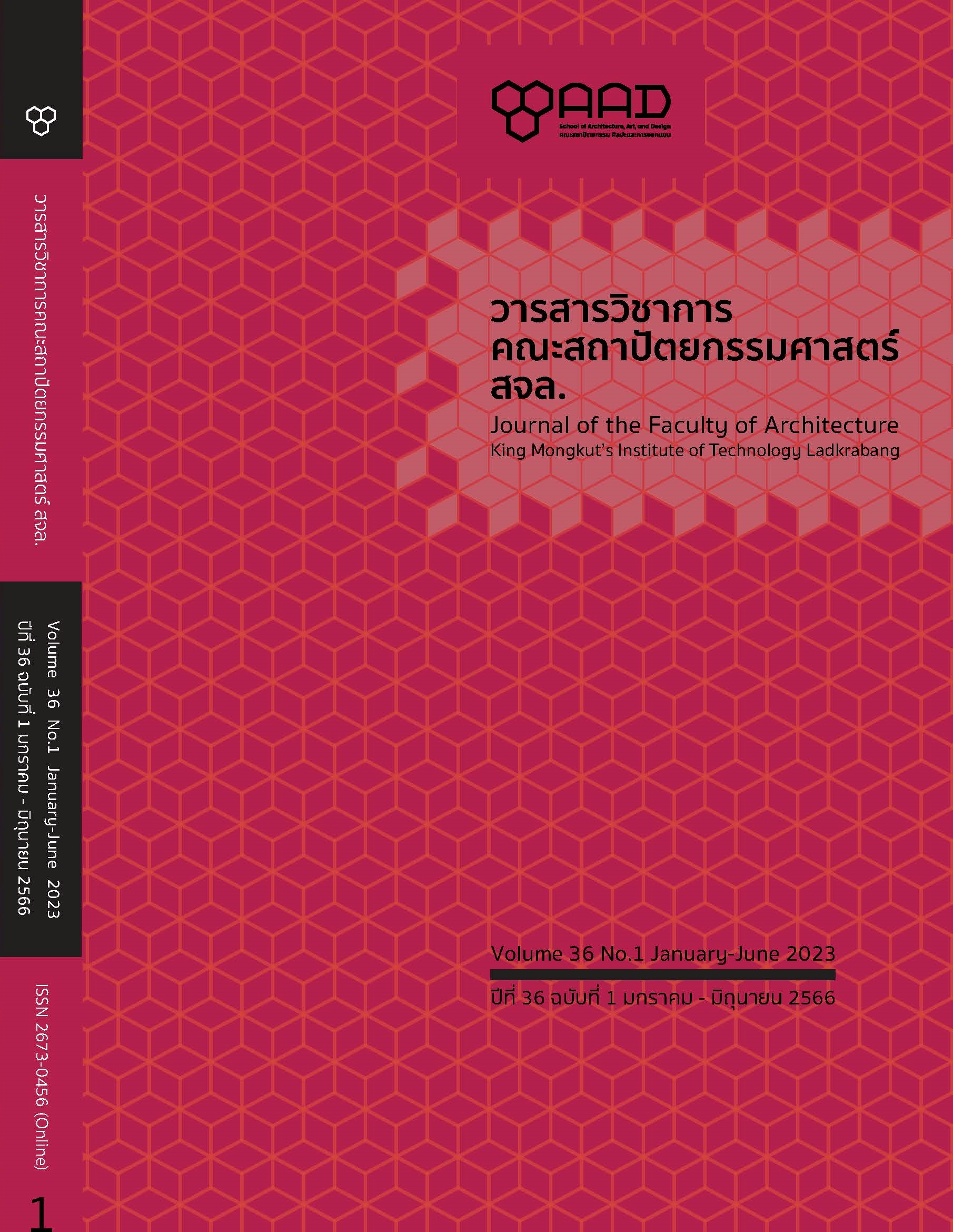The Design of Paper Folded Structure for Home Decoration Design
Main Article Content
Abstract
Designing a hand-folded paper structure for home decoration items is aimed to study the qualities of hand-folded paper structure that is suitable for manufacturing and use as a home decoration product. As well as creating guided ways of applying hand-folded paper structure in designing home decoration items that are concerned with environmental and usage issues.
The design and development process of the project started from studying the qualities of hand-folded paper structures by creating and experimenting with the patterns of folded paper structure as well as combining the patterns, aiming to find out the suitable ways of applying hand-folded paper structures in designing home decoration items that are concerned with environmental issues and consumer behaviour.
Then, further developments have been made by creating scale models to recheck the proportion and the construction of the design. Finally, the first prototype has been published and exhibited domestically and internationally, intended to study observe and seek findings that are in line with the presumptions of consumer perception and value given through the material selection in home decoration items.
The conclusion of the design development is in line with the objectives as stated. Moreover, overlooked materials like paper have proven their potential in being utilized in appropriate ways and for suitable contexts that be able to change the perception of people toward them as a material.
There are three essential findings that have been discovered during the project. 1) The guided ways of applying hand-folded paper structure in designing home decoration items that are concerned about environmental and usage issues. 2) The findings of consumer perception and product value that are given with regard to the material selection in home decoration items. 3) The selection of technologies for mass production
Article Details

This work is licensed under a Creative Commons Attribution-NonCommercial-NoDerivatives 4.0 International License.
This work is licensed under a Creative Commons Attribution-NonCommercial-ShareAlike 4.0 International License.
Copyright Transfer Statement
The copyright of this article is transferred to Journal of The Faculty of Architecture King Mongkut's Institute of Technology Ladkrabang with effect if and when the article is accepted for publication. The copyright transfer covers the exclusive right to reproduce and distribute the article, including reprints, translations, photographic reproductions, electronic form (offline, online) or any other reproductions of similar nature.
The author warrants that this contribution is original and that he/she has full power to make this grant. The author signs for and accepts responsibility for releasing this material on behalf of any and all co-authors.
References
Jackson, P. (2011). Folding techniques for designers: from sheet to form. London: Laurence King Publishing.
Leonard, A. (2018). The Story of Stuff Project. Retrieved from: https://storyofstuff.org
Lyndhurst, B. (2011). Public understanding of product lifetimes and durability. London: Department for Environment, Food, and Rural Affairs.
Thompson, R. and Thompson, M. (2017). Materials sourcebook for design professionals. London: Thames & Hudson.
Emmert, A. (2021). The rise of the eco-friendly consumer. Retrieved from: https://www.strategy-business.com/article/The-rise-of-the-eco-friendly-consumer
Emmert, A. (2021). Generational differences in eco-friendly consumerism. [Image]. Retrieved from: https://www.strategy-business.com/media/image/44065370b_ex1.png
Sweeney, R. (2021). Paper Sculpture. [Image]. Retrieved from: https://www.richardsweeney.co.uk
Färg, F. and Blanche, E. M. (2008). The Coat. [Image]. Retrieved from: https://www.fargblanche.com
Onearmy (2013). Phonebloks. [Image]. Retrieved from: https://www.onearmy.earth//project/phonebloks
Smith, G. F. (2020). The collection book, G.F Smith. [Image]. Retrieved from: https://www.gfsmith.com/the-collection-2020


